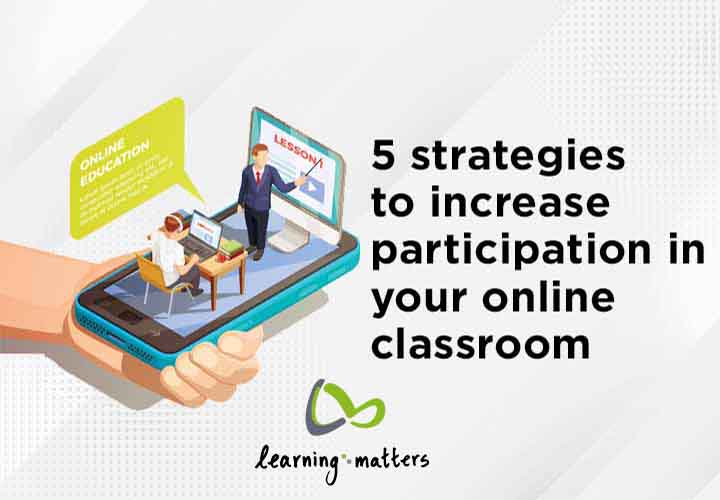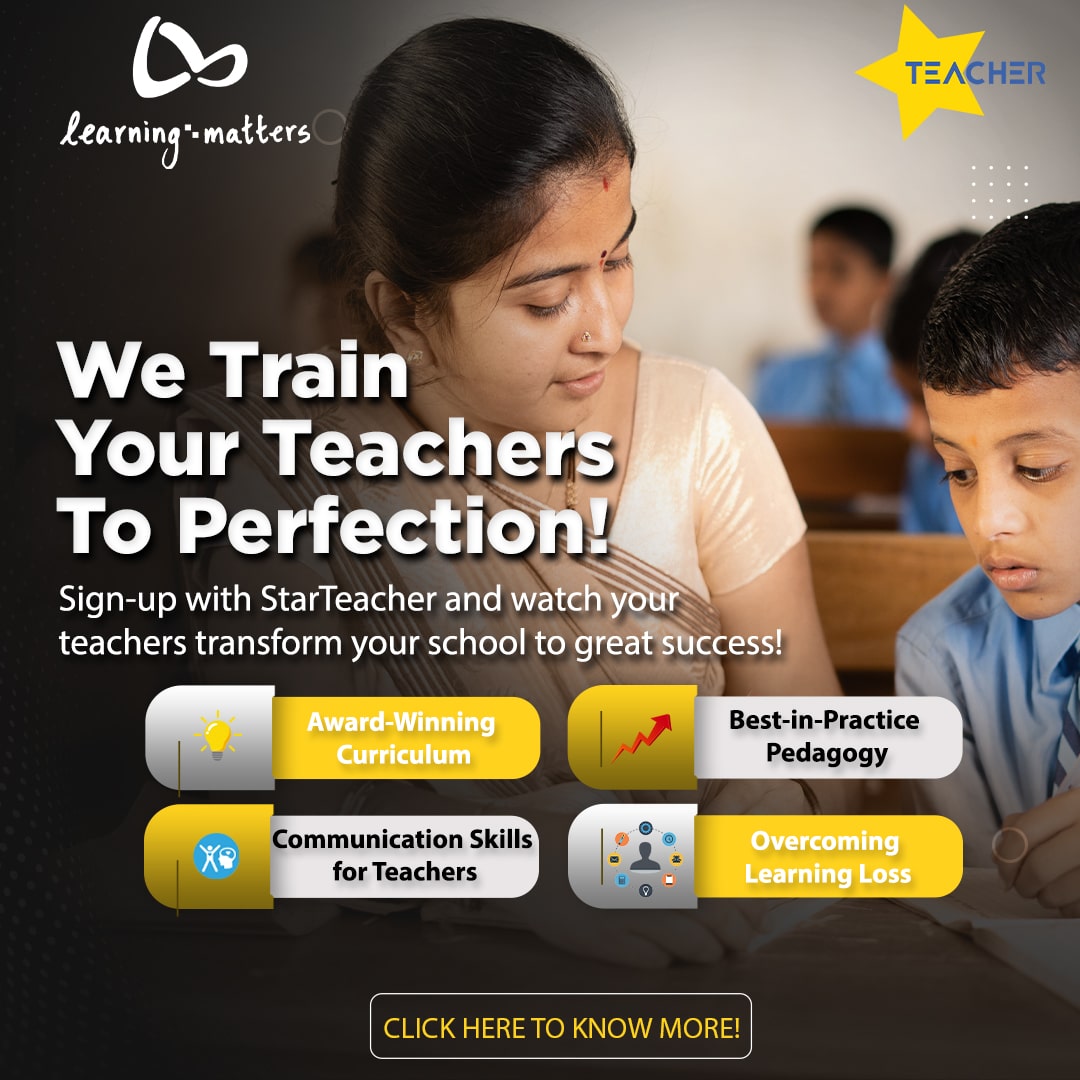The pandemic-led pivot to online learning hasn’t been easy on teachers or students. While students went from sitting in classrooms to being confined at home and learning online, teachers have had to figure out how to teach remotely and get accustomed to teaching online. Even though online teaching and learning began with trepidation, the current reality has brought in distance learning as an integral part of the education system. Online learning as a modality of teaching and learning is here to stay for a while and it is constantly evolving.
Even though online teaching has certain limitations, it also has a plethora of opportunities to explore. The virtual classroom has ensured that there is no back seat in online education. In fact, when done right, online education can be surprisingly intimate! With online classrooms, every student is in the front row! Check out these 5 handy strategies to make the most of online classrooms by increasing students participation:
1. Increase Teacher Presence
The online classroom shouldn’t feel like it’s running on auto-pilot mode. The instructor should make sure that students feel connected to him or her by having one-on-one conversations in the online classroom. The online class actually embodies the instructor’s personality—a major means of connection with the audience. So, instructors should go all out to keep the class alive with their unique style, be it puns or persona.
Furthermore, the instructor should make it easy for students to get in touch with them via emails or calls (if necessary). A regularly scheduled “office hour” to address concerns encourages students to speak up if they have challenges or questions. One can also create and share a document containing recurring student queries related to the course or assessments.
2. Space Out the Content
Information overload is a real phenomenon that can confuse students as well as lead to loss of interest. Neuroscience has proven that our attention span is, at max, 10 minutes. After that, our attention starts to wane. So, spacing out content and chunking it into 10-minute segments will give students the opportunity to recall and review information, therefore committing it to their long-term memory. To keep the content engaging for all, ensure to provide information in varied formats like videos, audio, text, voice-over slides, discussions and more. Teachers should be creative and have students take turns to present or ‘teach’ as well as try debates, online quizzes, polls and so on. Digital tools like Google Classroom can be a useful teaching aid.
3. Have a Call to Action
Instructors should make students take what they've learned and use it for a real purpose, as opposed to simply writing a paper or taking a test. Each lesson should consist of a piece of information and a related, meaningful student action. It need not necessarily be an elaborate project but can be about solving a problem, writing an opinion piece, providing relevant illustrations and so on. Engage more with students by asking open-ended questions that require a higher level of reflection and thinking.
4. Provide Meaningful Feedback
Feedback is an essential part of effective learning which can foster strong relationships among a teacher and a student. However, it is essential to make the process of providing feedback a positive, or at least a neutral, learning experience for the student. Unless, there are some serious issues to address in which case it should be handled privately. Feedback helps students feel a sense of progress and rescues them from isolation. To convey a personal sense of connection, instructors can use video every now and then to deliver feedback. As feedback works both ways, don’t forget to solicit feedback from your students too. This will help ensure they are meeting the needs of their audience and improving approach.
5. Include a Community Component
Online learning should be more than sitting in front of a computer. Real engagement involves becoming a part of the larger community of learners. A teacher can create a forum to facilitate students engaging with one another. This kind of community encourages the members to probe and learn more than the assigned course pedagogy. Students will also have more opportunities to connect with instructors and fellow students, discuss coursework and most importantly, become more engaged. Teachers and students share a common responsibility for creating and conserving this learning environment. Such online learning communities can be scholastically successful as well as life-altering at a personal level when created, nurtured, and sustained by all the members of the community.
Even though online classrooms are limited in some ways, they open a virtual doorway to new learning experiences. Making online classes interesting is harder and there’s an awful lot to learn as the online learning space is constantly evolving. All it takes is a digital mindset, the right tools, a focused approach, and enthusiasm to evolve with one’s students.


Comments